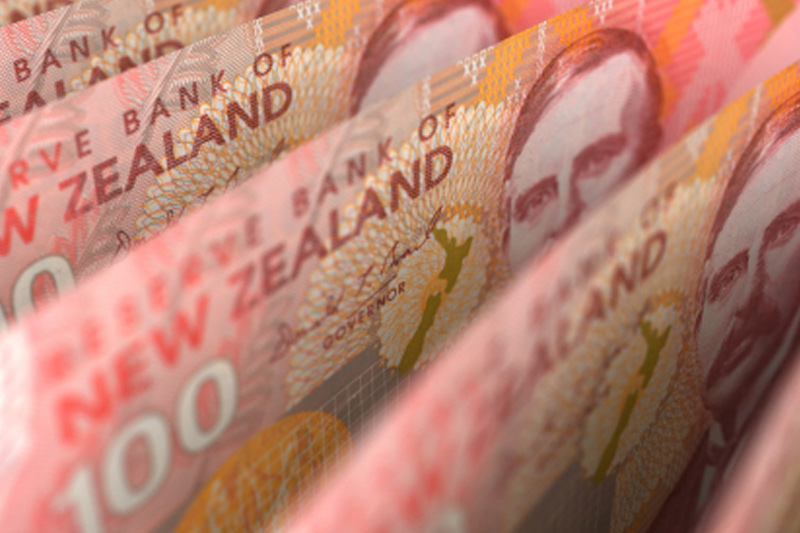By Wayne Cole
SYDNEY, March 27 (Reuters) - The New Zealand dollar took a tumble on Wednesday after the country's central bank blindsided markets by saying the next move in interest rates would likely be down, abandoning its long-standing neutral stance.
The kiwi dollar NZD=D3 immediately dived 1.3 percent to a two-week low at $0.6819, while bond and bill futures rallied sharply, taking yields to fresh all-time lows. Support is now around $0.6810.
The Australian dollar AUD=D3 was dragged down in its wake, falling 0.3 percent to $0.7115, though the Aussie did make hefty gains on its kiwi counterpart.
While the Reserve Bank of New Zealand (RBNZ) kept the official cash rate (OCR) at 1.75 percent as expected, it surprised many by flatly stating "the more likely direction of our next OCR move is down."
The central bank cited a weaker global outlook, particularly in major trading partners Australia, Europe, and China.
"This weaker outlook has prompted central banks to ease their expected monetary policy stances, placing upward pressure on the New Zealand dollar," the RBNZ said.
Slower growth in consumption at home and persistently low inflation added to the downside risks.
Yields on two-year government debt NZ2YT=RR dived almost 9 basis points to a record trough of 1.47 percent, the largest daily drop since mid-2017. Bill futures 0#NBB: shot higher as investors priced in at least one quarter-point cut in rates.
The dovish shift follows similar moves by central banks abroad and will only add to speculation the Reserve Bank of Australia (RBA) will have to ease policy at some point.
Rate futures 0#YIB: are already fully priced for a quarter-point cut in the RBA's 1.5 percent cash rate by September. Three-year bond futures YTTc1 added 2 ticks to 98.630, just below the all-time peak.
Yields on 10-year paper AU10YT=RR struck a record low of 1.754 percent this week as the U.S. yield curve inverted further, a potential signal of future recession.
Inflation expectations have also swung sharply lower in the process, with a closely-watched market measure in Australia AUIL5YF5Y=R sinking to 1.97 percent from 2.15 percent just a few weeks ago.
That was easily the lowest reading since the measure began life back in 2016 and suggests the RBA might not reach the mid-point of its 2-3 percent target range at all in the next decade.
